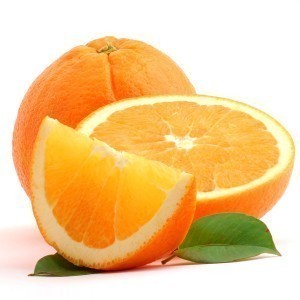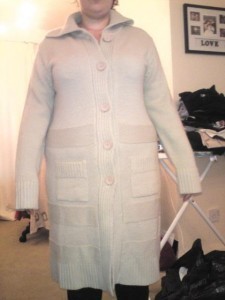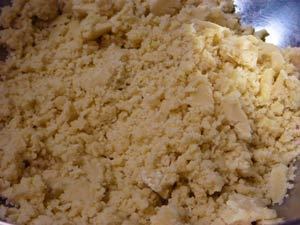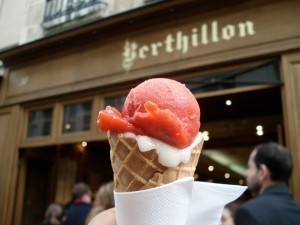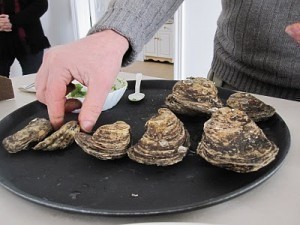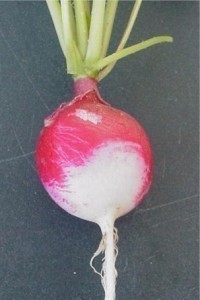Wine Bottle Sizes
Wine bottle sizes vary by product, its contents and the country producing them. 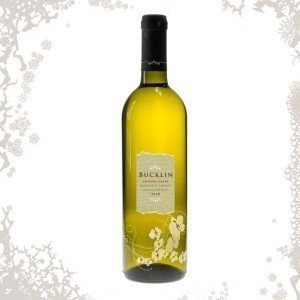 The following is an overview of the most common wine bottle dimensions.
The following is an overview of the most common wine bottle dimensions.
Standard Wine and Champagne Bottle Dimensions
The Split is equal to ½ bottle or 18.7 cl (cl is one hundredth of a liter). The Half is equal to ½ bottle and 37.5 cl; a bottle is of course equivalent to a bottle or 750 ml. Magnum is equal to two bottles and is about 1.5 liters.
Jeroboam is equivalent to 4 bottles (3 l) and Methuselah 8 bottles (6 l). Salmanazar is equal to a dozen bottles or 9 l. Balthazar corresponds to 16 bottles (12 l) and Nebuchadnezzar 20 bottles or 15 l.
There are other wine bottle sizes. Melchor is equal to 24 bottles (18 l). Solomon corresponds to 26 1/3 bottles (20 l). Melchizedek is equivalent to 40 bottles and 30 l).
Computing the Wine Bottle Volume
3 liters is equal to 101 fluid ounces (fl oz). This is equal to 4 bottles in a case. 1.5 liter is the same as 50.7 fl oz and is made up of six bottles per case. A liter is equal to 33.8 fl oz and 12 bottles per case. 750 ml (25. fl oz) is equal to a dozen bottles per case. 500 ml is now equal to 16.9 fl oz and two dozen bottles for every case.
As you study wine bottle sizes, you’ll see that 375 ml corresponds to 12.7 fl oz (25 bottles). 187 ml is the same as 6.3 fl oz (48 bottles per case). 100 ml is equal to 3.4 fl oz and 60 bottles. 50 ml is the same as 1.7 fl oz. There are 120 bottles per case in this instance.
3 liters is equal to 4/5 gallon and 1.5 liters to 2/5 gallons. 1 liter corresponds to 1 quart and 750 ml 4/5 quart (the old US fifth). 500 ml is equivalent to 1 pint and 375 ml 4/5 pint. 187 ml is the same as 25 pint and 100 ml 4 oz. 50 ml is equal to 2 oz.
Shapes and Colors
Many European countries shape the bottles based on the wine content. This naturally has an effect on the size and contents of the bottle. For sherry and Bordeaux, the bottle will have straight sides with a conspicuous punt. A bulbous neck is also present in some sherry bottles.
Most Burgundy bottles are usually tall, as are Rhone variants. They also have sloping shoulders. The wine bottle size and shape of Rhone and Alsace tend to be narrow with no punt. Champagne bottles generally have thick walls. Round bottoms are common among the Chianti variants.
Traditional wine bottle makers employ classic colors. The Bordeaux bottle is usually a dark green for the red wine. For white it is light green. The sweet wines have a clear color. Traditional Burgundy bottles are almost always dark green. Alsace comes in various colors. They include shades of green and amber.
Wine bottle sizes are now changing though, as companies use various shapes to attract more customers.
